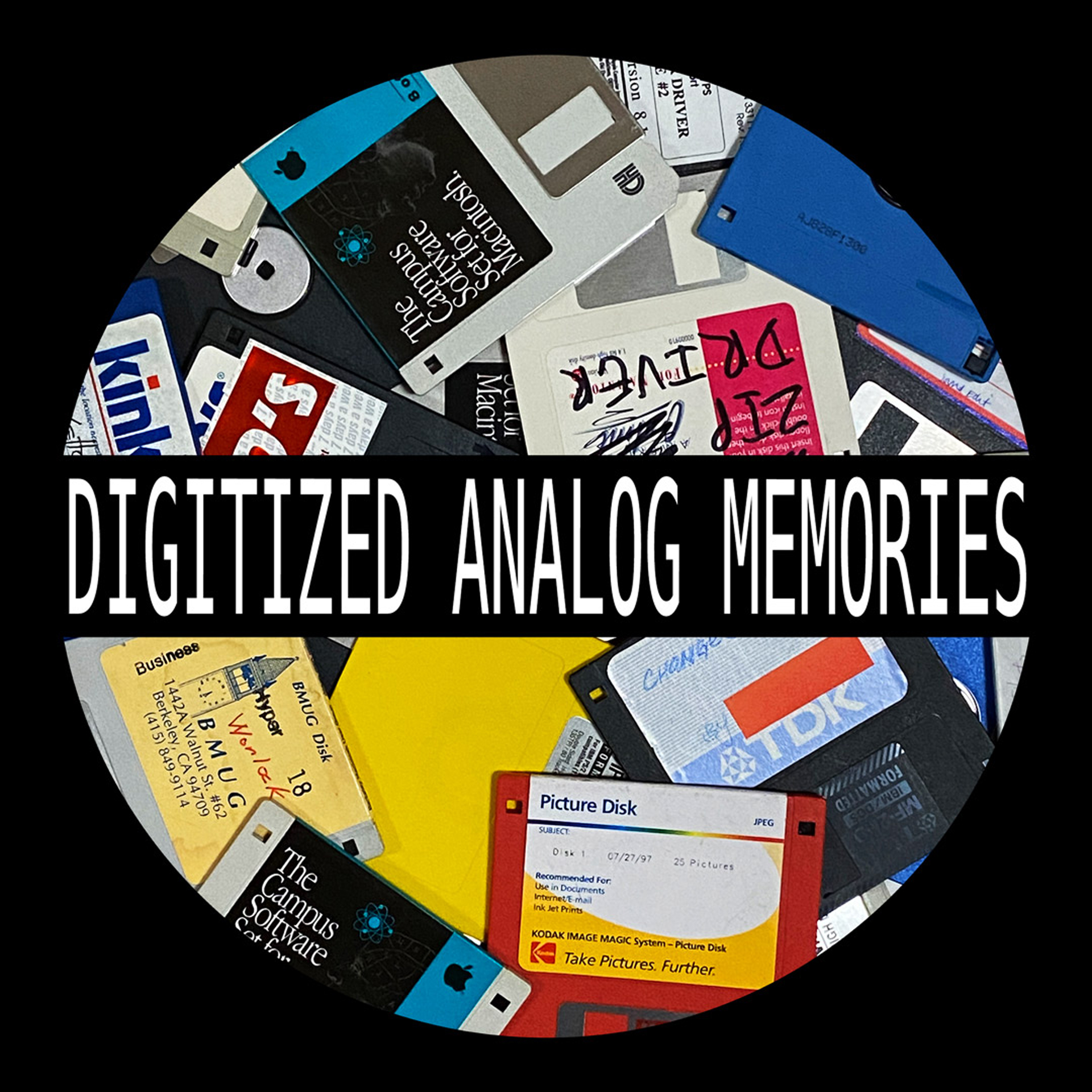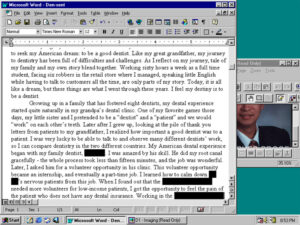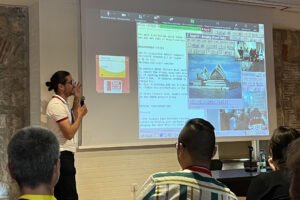“Digitized Analog Memories. Methods of Visualizing Found Media” presented by Contreras
Session Title:
Presentation Title:
Presenter(s):
Abstract:
With the rise of home computers in the 1980s and the worldwide web being publicly available in the 1990s there has been a boom of media that was created by the public. As these files are getting to be over 30 years old, there is a unique opportunity, as an archivist, regarding curating these files and providing a perspective of this time period for future generations.
“Digitized Analog Memories” is a case study of possible methods for curating personal media found on discarded floppy disks. The method for the study was to create a “desktop vignette”, or digital collage, of the previous owner’s life using legacy hardware and software (Pentium III Windows 98 PC). During the collage process, specific desktop color schemes were chosen based on the content found on the floppy disk as a means of recreating the previous owner’s desktop when they originally created the files.
From this study, three key nodes of discourse around the topic of archiving and presenting historical personal data came up: 1) Is all personal data relevant to archive for historic or anthropological reference? 2) How much subjective flexibility can be given to the curator/artist when it comes to presenting historical digital media? 3) How should the hardware for reading dead formats be maintained for future archival use? From this study, all personal data was relevant, however personal photos and journal entries were the most popular to exhibition viewers. The curation of this material should be minimal and maintain period-correct aesthetics. The media should be raw, but personal information of the original owners should be redacted. While legacy hardware is still cheap and easily available today, institutions need to make the effort to maintain legacy machines for use in the distant future.









